Types of dental implant: Options for a Perfect Smile
Dental implants have revolutionized modern dentistry, offering a permanent and natural-looking solution for missing teeth. But did you know there are different types of dental implants designed to suit various needs? Whether you need a single tooth replacement, multiple implants, or a full-mouth restoration, understanding your options can help you make an informed decision.
What are Dental Implants?
Dental implants are a restorative solution for replacing missing teeth due to decay or injury. The implant post itself is surgically placed into or on the jawbone, acting as an artificial tooth root. An abutment is then screwed into the implant post, extending above the gum line to serve as a foundation for the prosthetic tooth. Depending on the case, the prosthetic tooth can be a crown, a bridge, or a denture.
In fact, studies show that dental implants have a success rate of 90% to 95% over the past ten years.
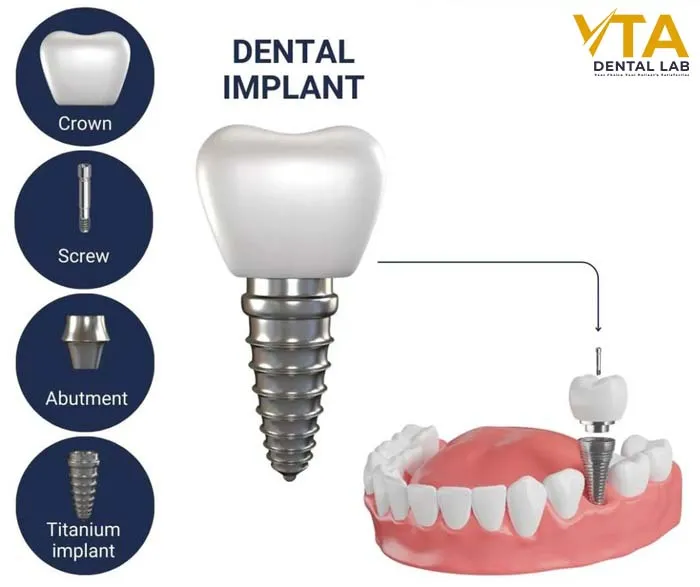
Single Implants vs. Multiple Implants
Single Implants
Single implants are an ideal solution for replacing a missing tooth. This method involves a titanium post, an abutment, and a crown designed to mimic the appearance and function of a natural tooth. It offers excellent aesthetics and helps preserve bone health at the site of the missing tooth, preventing bone loss.
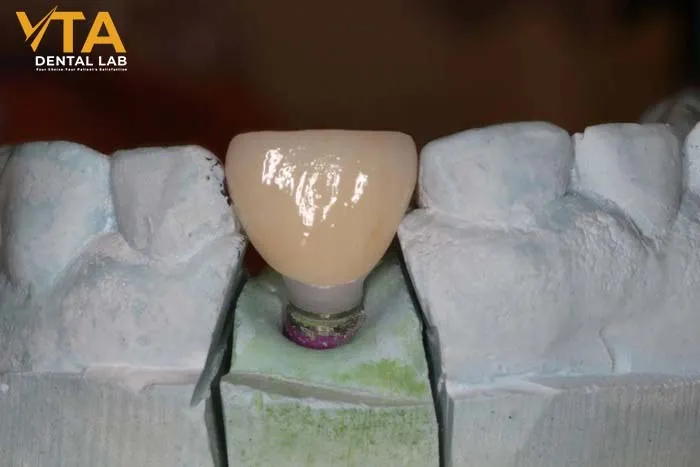
Multiple implants
Multiple implants are suitable for individuals missing several teeth but not an entire arch. These implants support individual crowns or bridges, effectively restoring the smile and chewing function. Compared to traditional bridges, this method does not compromise adjacent teeth and provides better stability.
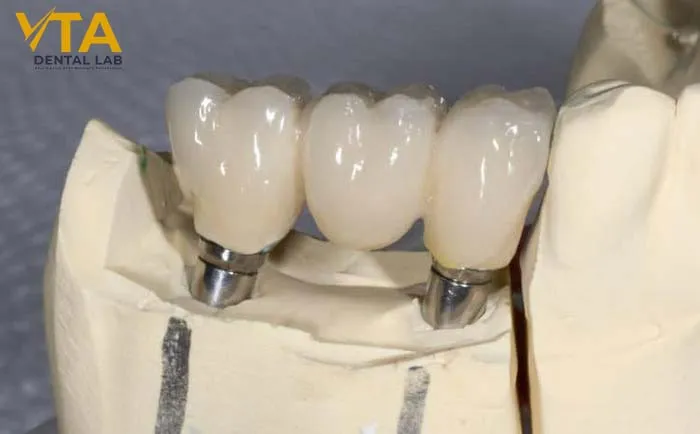
Full-mouth implant
All-on-X is an advanced solution for patients who have lost all teeth in one or both arches. By strategically placing 4–6 implants, a full-arch prosthesis can be supported, restoring the entire set of teeth. This approach is cost-effective compared to replacing each tooth with individual implants and minimizes the need for bone grafting by optimizing the existing bone.
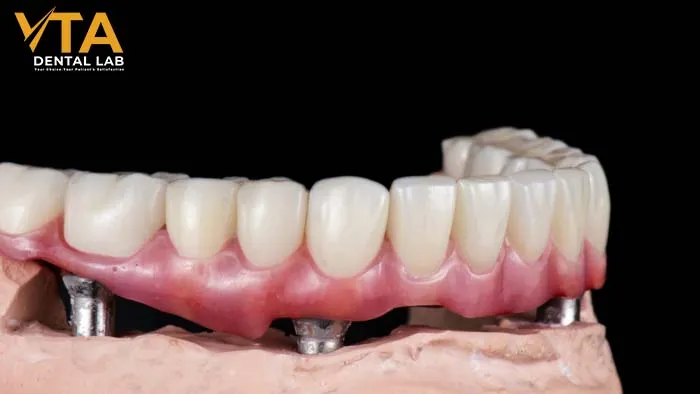
Basic Types of Dental Implant
Endosteal Implants
This is the most common type of implant chosen by many people today. It resembles a small screw that is surgically placed into the jawbone, serving as an artificial root to replace one or more missing teeth. The small titanium screws extend through the gums to securely anchor the new prosthetic teeth in place.
Subperiosteal Implants
Subperiosteal implants are placed on or above the jawbone, making them suitable for patients with insufficient jawbone density for traditional implants. These implants support replacement teeth.
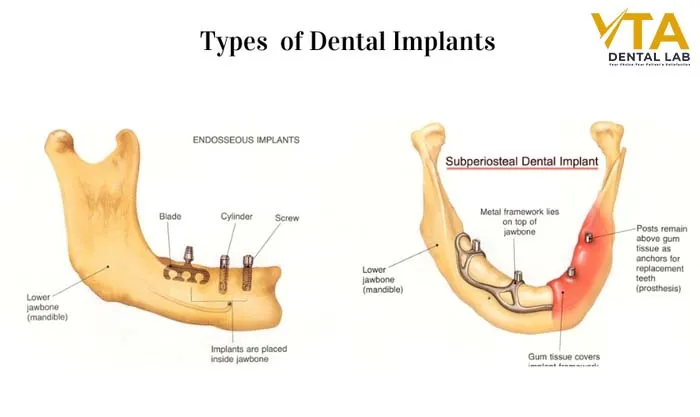
Other Procedures You May Have With Implants
The dentist will determine whether endosteal or subperiosteal implants are the best option for the patient based on their oral health condition, the number of missing teeth, and other specific needs. Below is a treatment method to support dental implants, as follows:
Bone Grafting
Bone grafting is a procedure used to build up or restore bone in areas where it has been lost due to injury, periodontal disease, or prolonged tooth loss. This step is often necessary when the jawbone is too weak or thin to support an implant
Sinus Lift
A sinus lift, or sinus augmentation, is performed when the upper jaw lacks sufficient bone height to support implants. The procedure involves adding bone to the area between the upper jaw and the sinuses. This is especially common for patients receiving implants in the upper back jaw.
Ridge Expansion
If the jawbone is not wide enough to support an implant, a ridge expansion may be performed. This procedure involves splitting the jawbone and inserting bone graft material to increase its width, creating a solid foundation for implant placement.

Soft Tissue Grafting
Soft tissue grafting improves gum health and aesthetics around implants. It is often performed when there is insufficient gum tissue to cover the implant or achieve a natural look.
These additional procedures ensure the success and longevity of dental implants, addressing individual needs to achieve optimal results.
What to Expect After a Dental Implant Procedure
After a dental implant procedure, it’s normal to experience mild swelling, bruising, and discomfort around the implant site. These symptoms usually peak within the first 2-3 days and gradually subside. Slight bleeding may occur during the first 24-48 hours, which can be managed by biting down on gauze. To protect the implant site, patients are advised to stick to soft foods and avoid direct chewing in the area.
Maintaining excellent oral hygiene, such as brushing gently around the implant and using antimicrobial mouthwash, is crucial to ensure proper healing.
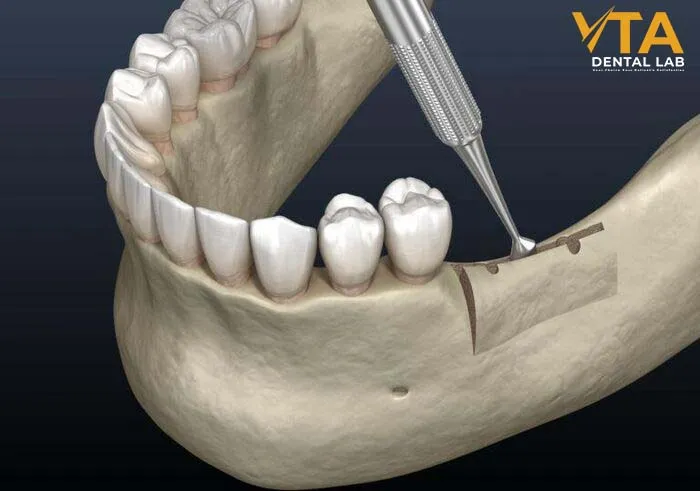
It’s also important to avoid habits like smoking or using tobacco, as these can delay recovery and increase the risk of implant failure. If the patient notices signs of infection, such as persistent swelling or redness, or if the implant feels loose, contact their dentist immediately. With proper care and regular checkups, dental implants can successfully integrate and provide long-lasting results.
In conclusion
If you are looking for a dental laboratory that offers a full range of dental implants to meet diverse needs, VTA Dental Lab is the ideal choice. With over two decades of experience, we take pride in providing full-service dental products, including high-quality dental implants that are FDA-approved. Notably, we are one of the pioneers in adopting the most advanced technologies in the manufacturing process, such as CAD/CAM and 3D printing, alongside a team of highly skilled technicians.
To learn more or schedule an appointment, we welcome you to contact VTA Dental Lab today.